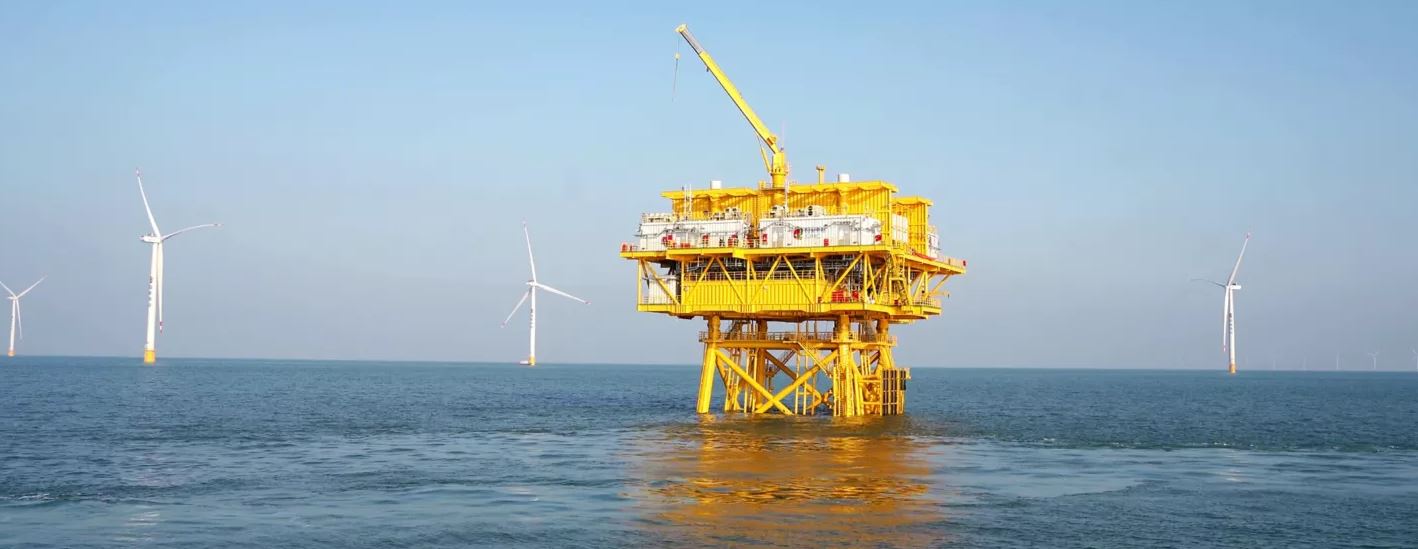 Hitachi Energy
Hitachi EnergyThanks to Hitachi Energy’s Grid-eXpand modular and prefabricated grid connections, the solution reduced the size of the platform by around 30 per cent and the weight by about 20 per cent, which is equivalent to around 700 tonnes of steel and other costly materials, said Hitachi Energy.
This lowered the cost of building the platform, said the company, towing it to the wind farm and erecting it on the seabed.
“The offshore wind industry in China has entered a new era of grid parity, which places huge cost pressures on owner-developers like SPIC”, said Rui Wang, Project Manager at SPIC.
“We selected Hitachi Energy for its expertise in offshore wind grid connections and its ability to provide a cost-reducing solution with fast-track delivery – our overriding priorities.”
In addition, the Grid-eXpand solution also cut the delivery time by eight weeks, compared to a conventional offshore grid connection, according to Hitachi Energy.
Each module was pre-engineered, pre-assembled, and pre-tested before delivery, then shipped as a single prefabricated unit, ready for installation on the platform at the shipyard.
The Hitachi Energy solution receives the power generated by 71 wind turbines at 35 kV and increases to an optimal 220 kV for transmission to the mainland power grid.
The 500 MW Shandong Peninsula South V offshore wind project is expected to generate 1.5 billion kWh annually, saving 460,000 tonnes of standard coal and 1.25 million tonnes of carbon dioxide emissions a year, according to the Energy Administration of Shandong province.
The wind farm is located 26 kilometres south of Haiyang in Shandong Province.